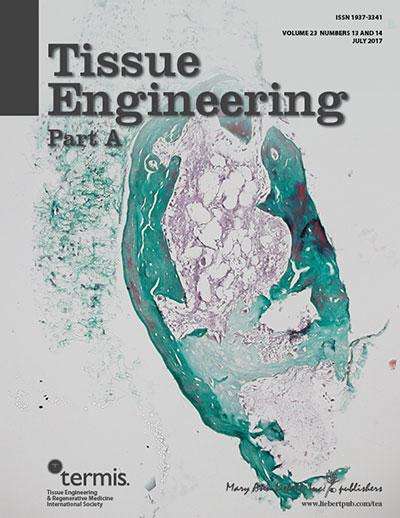Selecting most effective materials for dental pulp tissue engineering

To regenerate dental pulp tissue after emptying of a tooth's root canals researchers compared the effectiveness of 3D scaffolds made of natural or customized synthetic materials containing pulpal stem cells and dentin-derived growth factors. The substantial differences in terms of scaffold degradation, cell viability, vascularization, and pulpal tissue formation are reported in Tissue Engineering, Part A.
The article entitled "Suitability of Different Natural and Synthetic Biomaterials for Dental Pulp Tissue Engineering," was coauthored by Kerstin Galler, DDS, PhD, Ferdinand Brandl, PhD, Susanne Kirchhof, PhD, Matthia Widbiller, DDS, Andreas Eidt, Wolfgang Buchalla, DDS, PhD, Achim Göpferich, PhD, and Gottfried Schmalz, DDS, PhD, University Hospital Regensburg, Germany and University of Bern, Switzerland. The researchers developed a customized, bioactive polyethylene (PEG) derivative and directly compared the PEG-based hydrogel scaffolds to various natural materials including fibrin and collagen.
"Using effective and comprehensive modeling, the authors have differentiated the functionality of dental pulp engineering between synthetic and natural matrices, with the advantage held by the latter," says Tissue Engineering Co-Editor-in-Chief Peter C. Johnson, MD, Principal, MedSurgPI, LLC and President and CEO, Scintellix, LLC, Raleigh, NC.
More information: Kerstin M. Galler et al, Suitability of Different Natural and Synthetic Biomaterials for Dental Pulp Tissue Engineering, Tissue Engineering Part A (2017). DOI: 10.1089/ten.tea.2016.0555



















